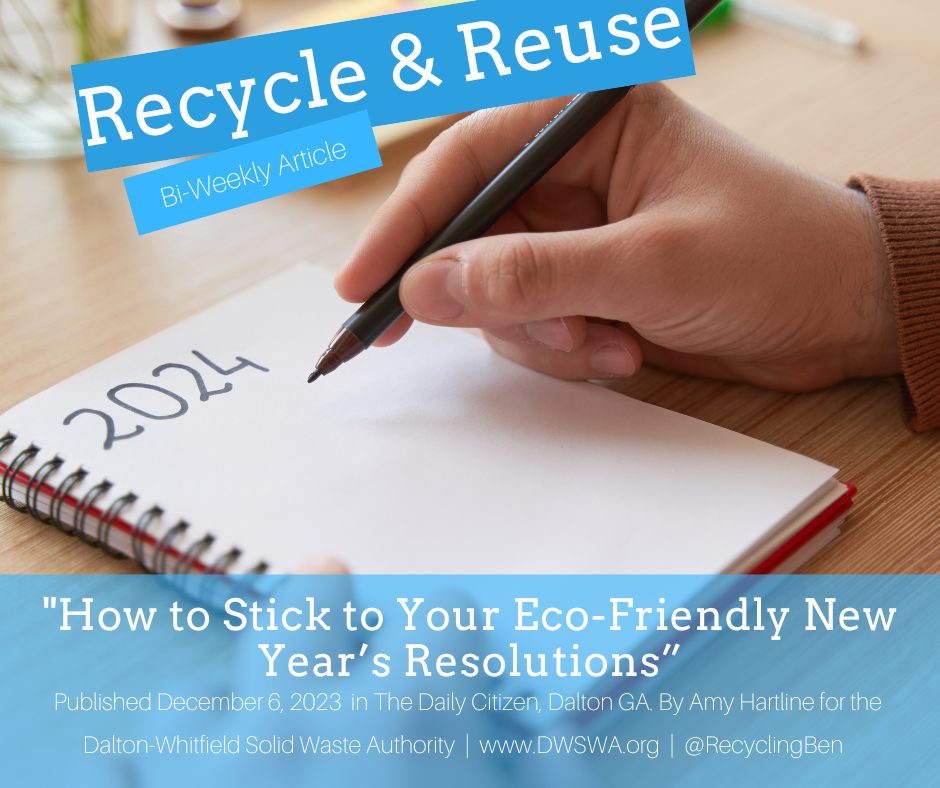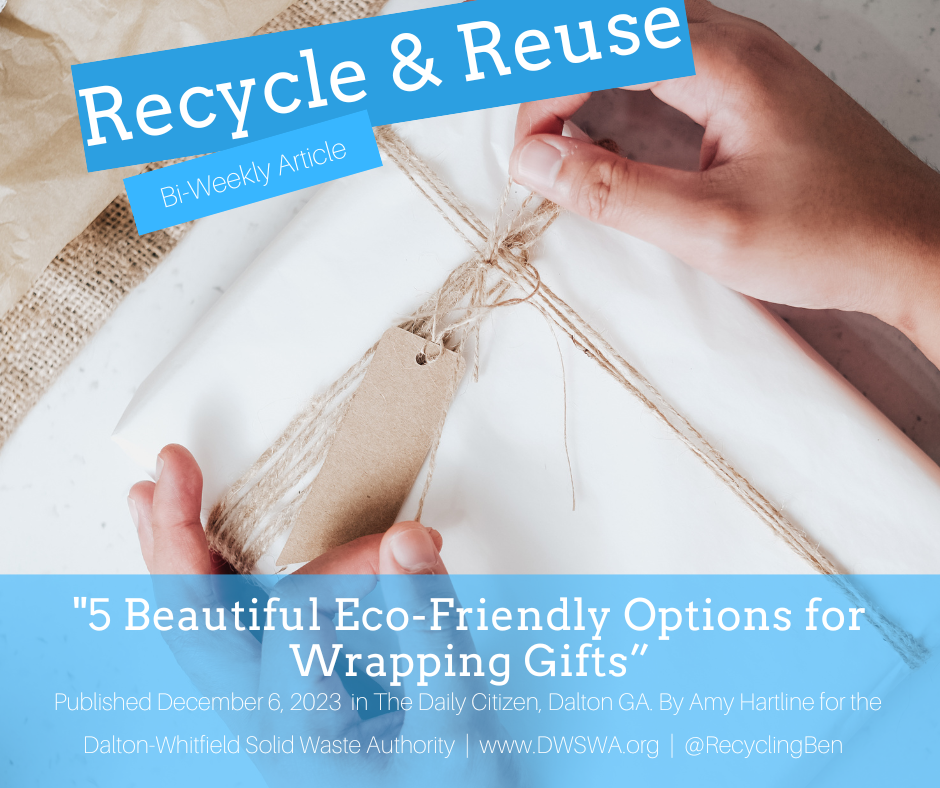World Water Day 2016
/World Water Day reminds us that 1.5 billion people world wide work in water-related sectors which depend on the safe delivery of water.
Yesterday the Untied Nations celebrated World Water Day, a global day to bring attention to water issues across the globe. World Water Day dates back to 1992 during the United Nations Conference on Environment and Development held in Rio, Brazil where March 22 was designated as the day for an international observance for water. This year’s theme, Water and Jobs, even has its own interactive website for students at www.waterandjobs.org. The theme highlights how both water and jobs have the power to transform people’s lives.
Besides being central to survival water is used by various industries to manufacture new products and grow food. It’s estimated that almost half of the world’s workers, about 1.5 billion people, work in water related sectors that depend on water and the safe delivery of it. Some of the water-related jobs are obvious, perhaps a fisherman or farmer, while others are not. For example, a woman who may have to walk for hours to fetch water for her family has a job that is not paid and not recognized.
Water and sanitation also play a big role in many countries. Out of the 2 million work-related deaths that happy every year about seventeen percent are water-related. This could be due to poor quality drinking water, poor sanitation, poor hygiene, lack of facility and general lack of knowledge. Basic provisions of adequate water and sanitation services in the workplace which we may take for granted daily truly do contribute to a healthier and productive population and workforce.
You can read more about how water quality and access can affect workers in the newly released World Water Development Report available at www.unwater.org. According to the report 95% of jobs in the agriculture sector, 30% of jobs in the industry sector, and 10% of jobs in the services sector are highly dependent on water. Yet, water resources are under pressure with scarcity affection about 40% of the global population. For example, about three-quarters of households in sub-Saharan Africa fetch water from a source away from their home.
With potable, clean water readily available to us from the comfort of our home and workplaces, it’s hard to imagine that there are problems with water. This week I challenge you to think about where the water that runs thru the faucet comes from. What resources does it take to transform the water that is flushed down the toilet into clean water that is used again? What happens when trash on the side road goes into a storm drain and ends up in a stream or creek? As local populations increase will there be enough water to sustain the use of water by residents and manufacturers in the future?
You can make an impact on the quality, safety, and availability of water in our community by following some of these simple water conservation tips. For example, when brushing your teeth don’t leave the water running. If you brush your teeth for the recommended two minutes twice a day, you’ll spend eight gallons of water per day which equals 200 gallons a month. Instead of running water just wet your brush then fill a small cup with water for mouth rinsing.
Periodically check faucets and pipes for leaks. Even a small drip from a worn faucet can waste 20 gallons of water per day. You can use the water meter at your home to check for hidden water leaks. Get started by noting the reading on the water meter, make sure your family members do not use water for a two-hour period. After that period check the meter reading again. If the first and second reading is not the same you probably have a leak.
Minimize the use of the garbage disposal in the kitchen sink. These require a lot of water to function properly and send solids to the water treatment facility. Solids need to be removed from the water before treatment can begin. After the water treatment facility removes the solids they are sent to the landfill for proper disposal. You can save water by properly throwing away kitchen waste in the trash, or even in your own at home compost pile. Fats, oils, and greases should never go down the drain.
Use your dishwasher and clothes washer only when you have a full load. Another tip is to not flush the toilet excessively, or use it as an ashtray or wastebasket. When you flush a cigarette butt, tissue or other small bits of trash five to seven gallons of water is wasted. Every small action can add up to hundreds of gallons of water saved each year.
































